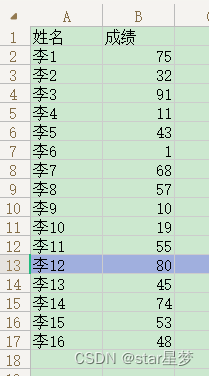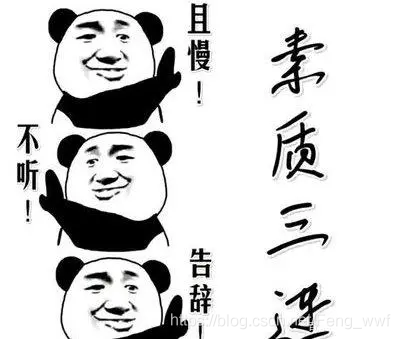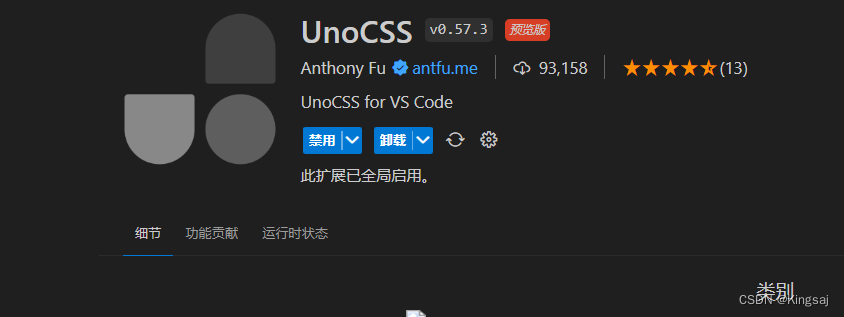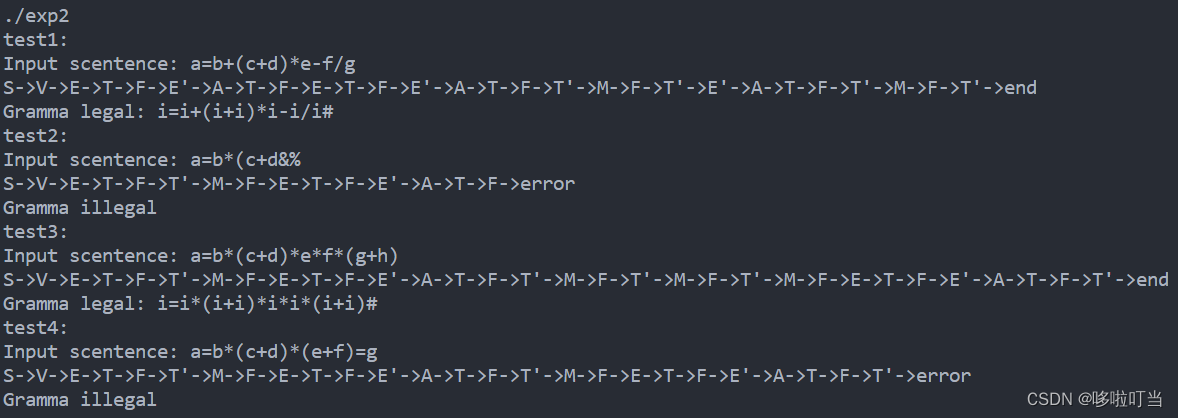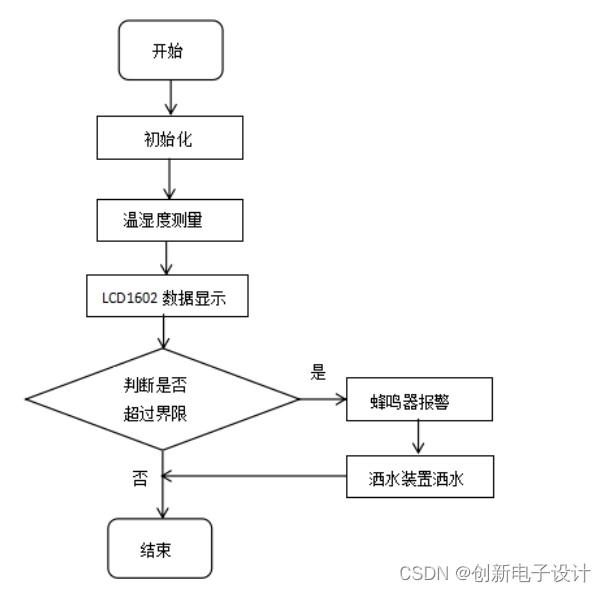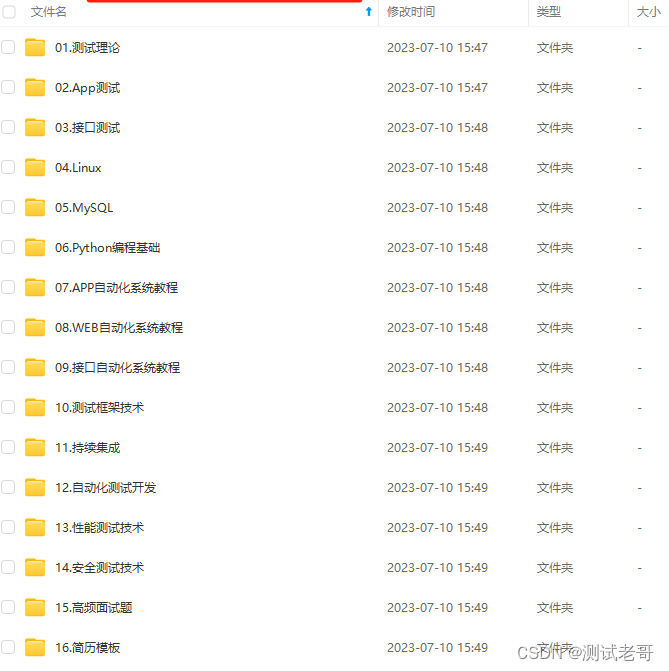目录
一、复杂类型反序列化
1.1、背景
1.2、问题解决
一、复杂类型反序列化
1.1、背景
a)例如有 AppResult 对象,如下:
@Data
public class AppResult {
private Integer code;
private String msg;
private Object data;
}b)AppResult 对象中 Object 类型的 data 数据传入一个 User 对象,如下:
@Data
public class User {
private Long id;
private String username;
private String password;
}
c)然后将 AppResult 对象通过 ObjectMapper.writeValueAsString 序列化成 JSON 格式.
1.2、问题解决
那么我们该怎么反序列化呢?
一个错误的思路如下:
a)使用 ObjectMapper.readValue() 反序列化成 AppResult 对象.
b)然后他取出 AppResult 中的 data 数据,但由于是 Object 类型,因此需要强制类型转化成 User 对象.
结果就是报错:java.util.LinkedHashMap cannot be cast to User
原因如下:
当使用 ObjectMapper.readValue() 方法将 JSON 字符串反序列化为 AppResult 对象时,如果 AppResult 对象的 data 属性是一个泛型(如 Object ),那么 Jackson 将无法知道这个属性的确切类型,因此会将其反序列化为一个 LinkedHashMap.
解决办法:
我们首先解析整个 JSON 字符串为 AppResult 对象。然后,我们使用 ObjectMapper 的 convertValue 方法将 AppResult 对象中的 data 属性转换为一个 User 对象。这里我们使用了 TypeReference 来指定我们希望得到的是一个 User 类型的对象。
AppResult result = null;
try {
result = objectMapper.readValue(userinfo, AppResult.class);
} catch (JsonProcessingException e) {
throw new RuntimeException(e);
}
//3.解析出用户信息
User user = objectMapper.convertValue(result.getData(), new TypeReference<User>() {});
ObjectMapper 的 convertValue 方法在 Jackson 库中是用来进行对象转换的。这个方法可以将一种 Java 类型转换为另一种 Java 类型。例如,如果你有一个 Map 对象,你可能想要将它转换为一个更具体的对象。convertValue 方法可以帮助你完成这种转换。



